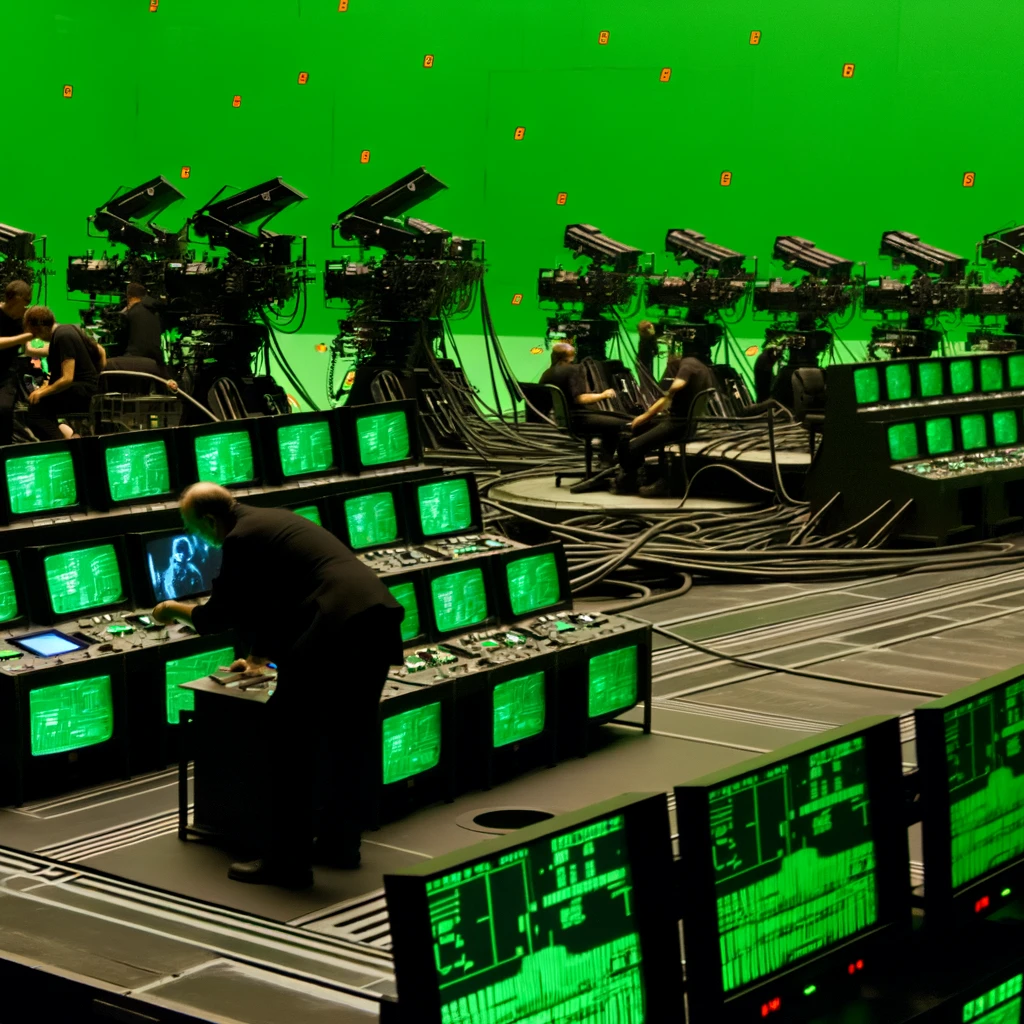
Introduction to 'Schindler's List'
Released in 1993, 'Schindler's List' is an American epic historical drama film directed by Steven Spielberg. It chronicles the true story of Oskar Schindler, a German industrialist who saved the lives of over a thousand Polish-Jewish refugees during the Holocaust by employing them in his factories. The film is based on the novel 'Schindler's Ark' by Thomas Keneally and is acclaimed for its powerful storytelling and historical accuracy.
The Visionary Direction of Steven Spielberg
Steven Spielberg, a director known for his versatility and unique storytelling capabilities, approached 'Schindler's List' with a deep sense of responsibility and sensitivity. His decision to film in black and white added a stark realism and authenticity to the narrative, evoking a documentary-like feel that immerses the viewer in the historical context. Spielberg's use of color, particularly the iconic red coat, serves as a poignant symbol amidst the monochrome palette, highlighting innocence amidst horror.
The Impact of Cinematography
Janusz Kamiński, the film’s cinematographer, played a crucial role in bringing Spielberg's vision to life. His adept use of lighting and shadows created intense, emotional scenes that resonate with viewers long after the credits roll. The handheld camera work adds a sense of immediacy and intimacy, making the audience feel like a part of the unfolding tragedy.
A Stellar Cast and Unforgettable Performances
The film features a stellar cast, including Liam Neeson as Oskar Schindler, Ben Kingsley as Itzhak Stern, and Ralph Fiennes as Amon Göth. Neeson's portrayal of Schindler is nuanced and layered, capturing the complexity of a man who evolved from opportunist to humanitarian. Kingsley delivers a subtle yet powerful performance as Schindler's accountant and confidant, while Fiennes' chilling depiction of Göth embodies the cruelty and inhumanity of the Nazi regime.
The Role of Music in Storytelling
John Williams' score is another critical element that contributes to the film's emotional depth. The haunting violin solos performed by Itzhak Perlman enhance the film's poignant moments, underscoring the sorrow and resilience depicted on screen. The music serves not just as a background but as a narrative force that elevates the emotional impact of key scenes.
Historical Accuracy and Artistic Interpretation
Spielberg’s dedication to historical accuracy is evident throughout the film. He employed survivors as consultants and filmed on location in Kraków, Poland. This commitment to authenticity ensures that 'Schindler's List' serves as both an artistic achievement and an educational tool, preserving the memory of the Holocaust for future generations.
The Legacy of 'Schindler's List'
Upon its release, 'Schindler's List' received widespread critical acclaim and numerous awards, including seven Academy Awards. Its impact extends beyond cinema, as it has become a vital part of discussions around the Holocaust, human rights, and moral courage. The film's legacy is its ability to educate, evoke empathy, and remind us of the enduring power of compassion and humanity.
Conclusion
'Schindler's List' stands as a testament to the power of cinema to reflect and shape our understanding of history. Through Spielberg’s masterful direction, the film transcends its medium, becoming an essential narrative that continues to resonate with audiences worldwide. It is not only a cinematic masterpiece but also an enduring reminder of the potential for good in the face of unimaginable evil.
Related Articles





